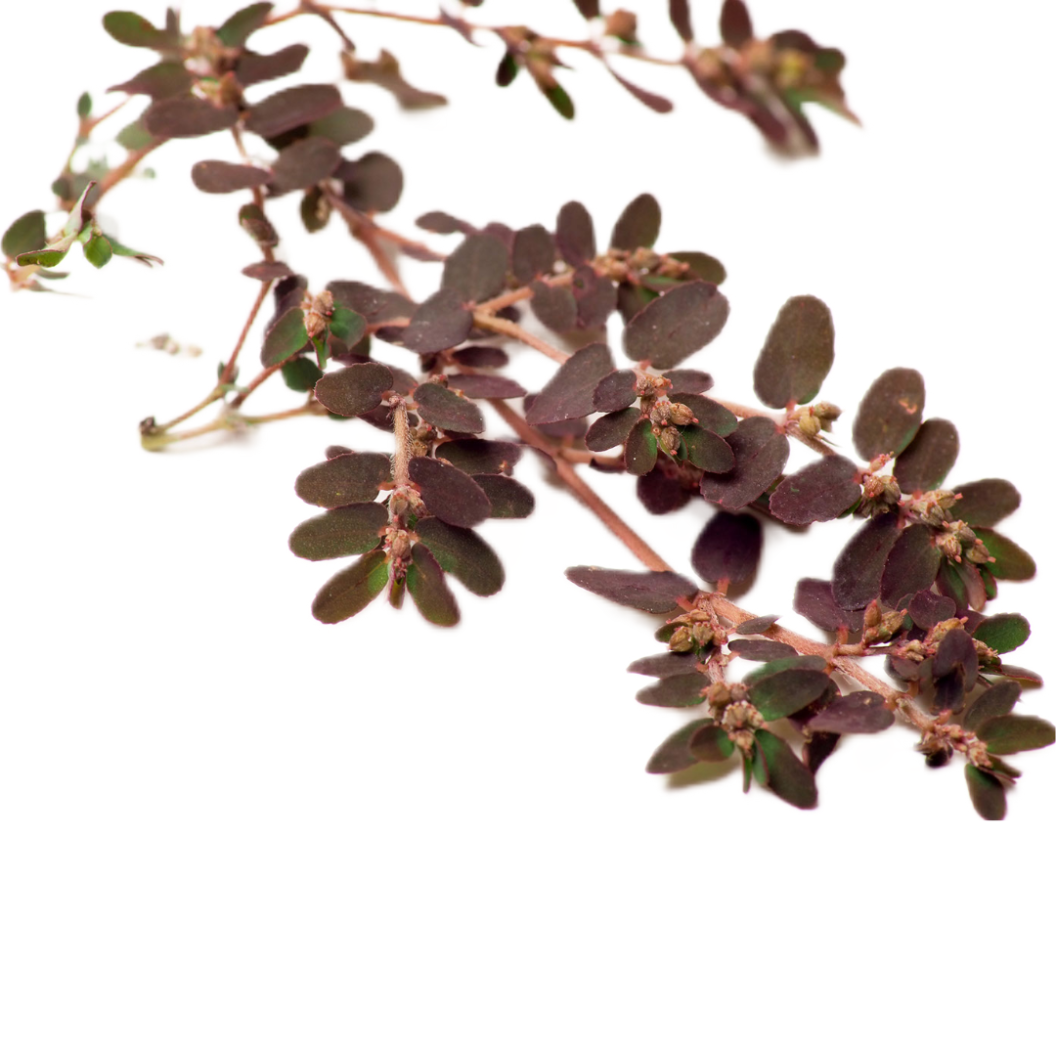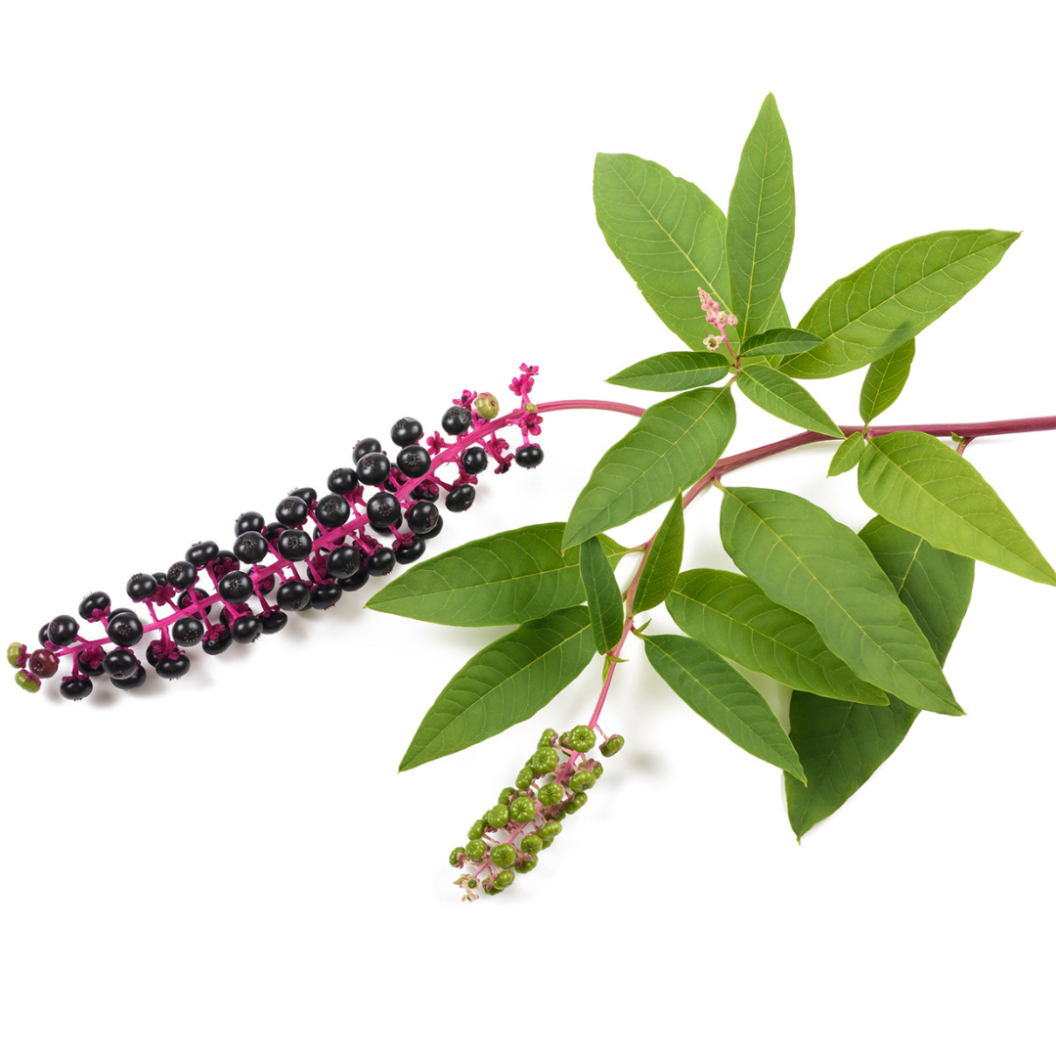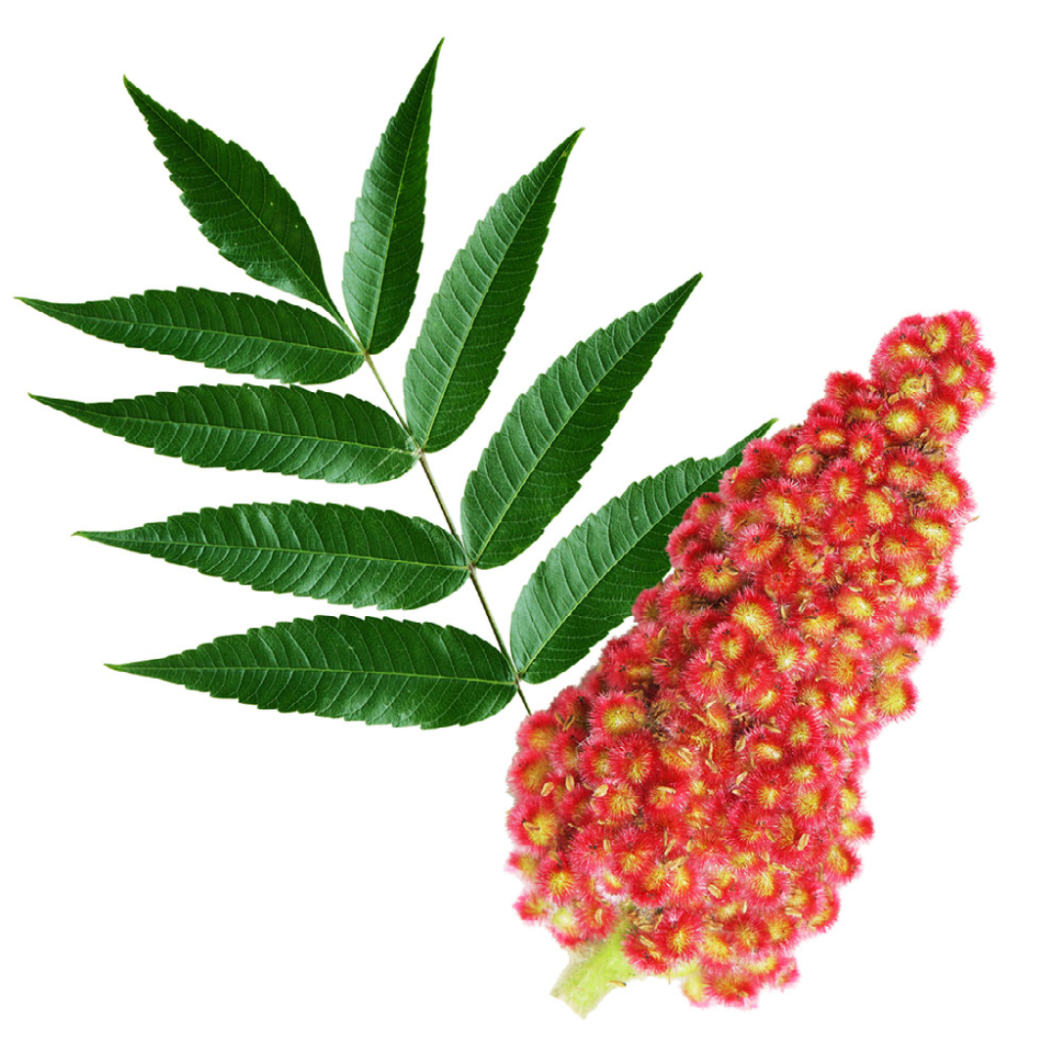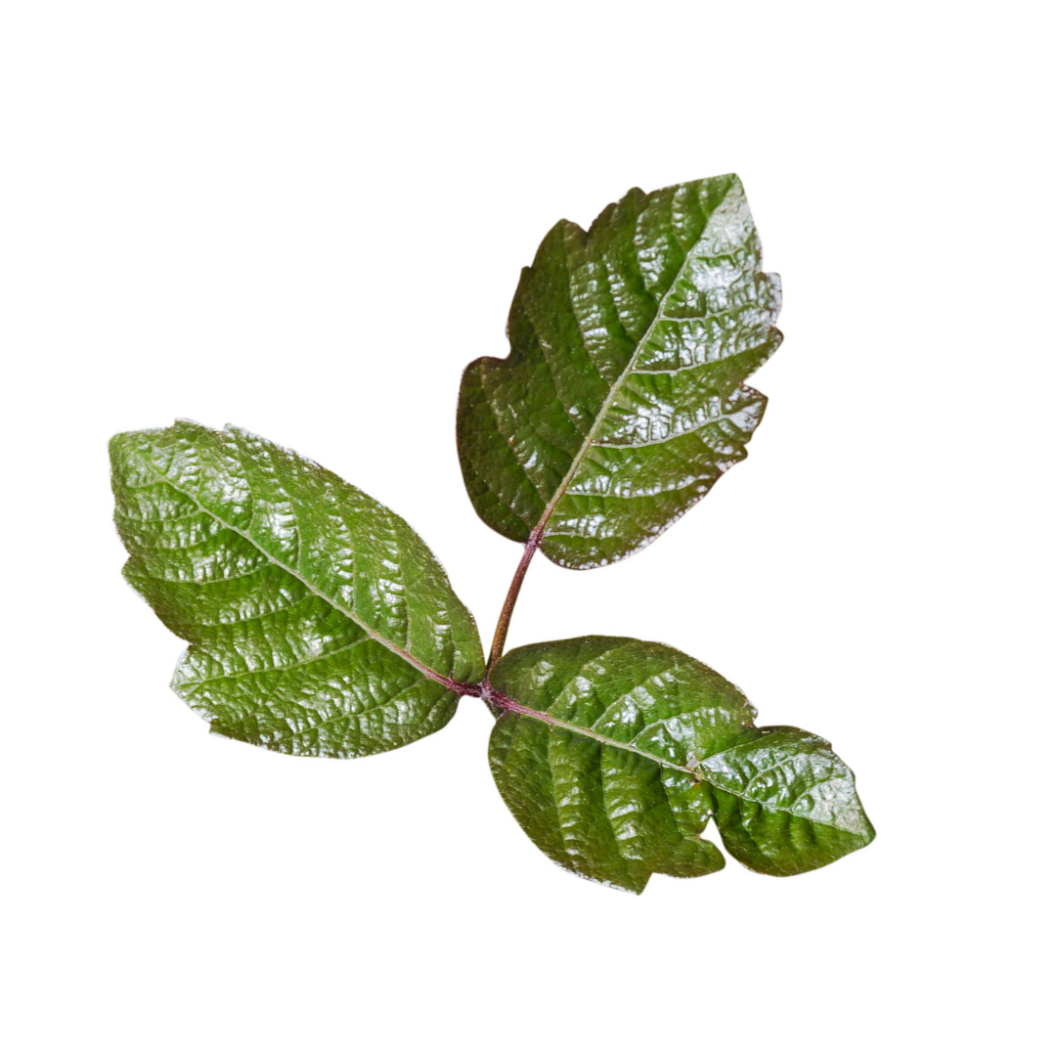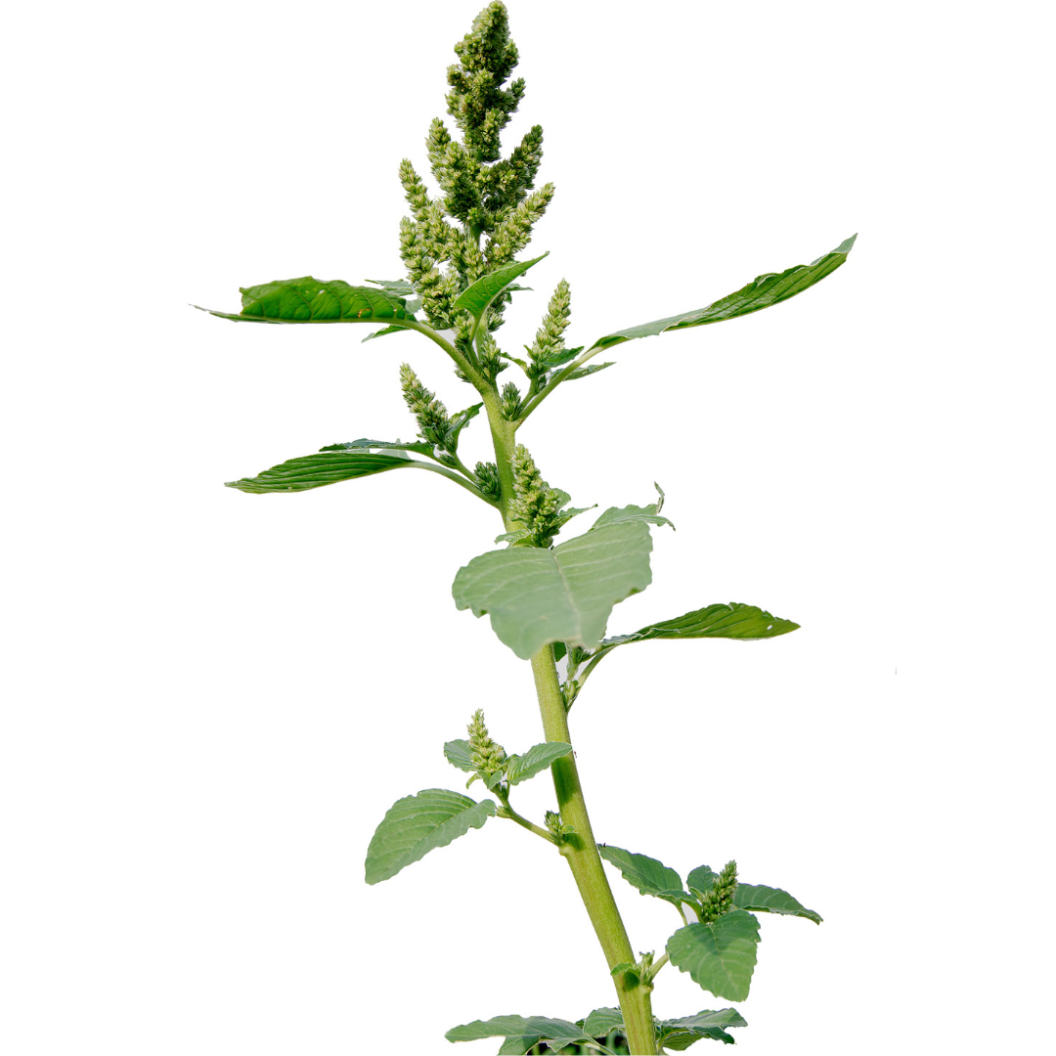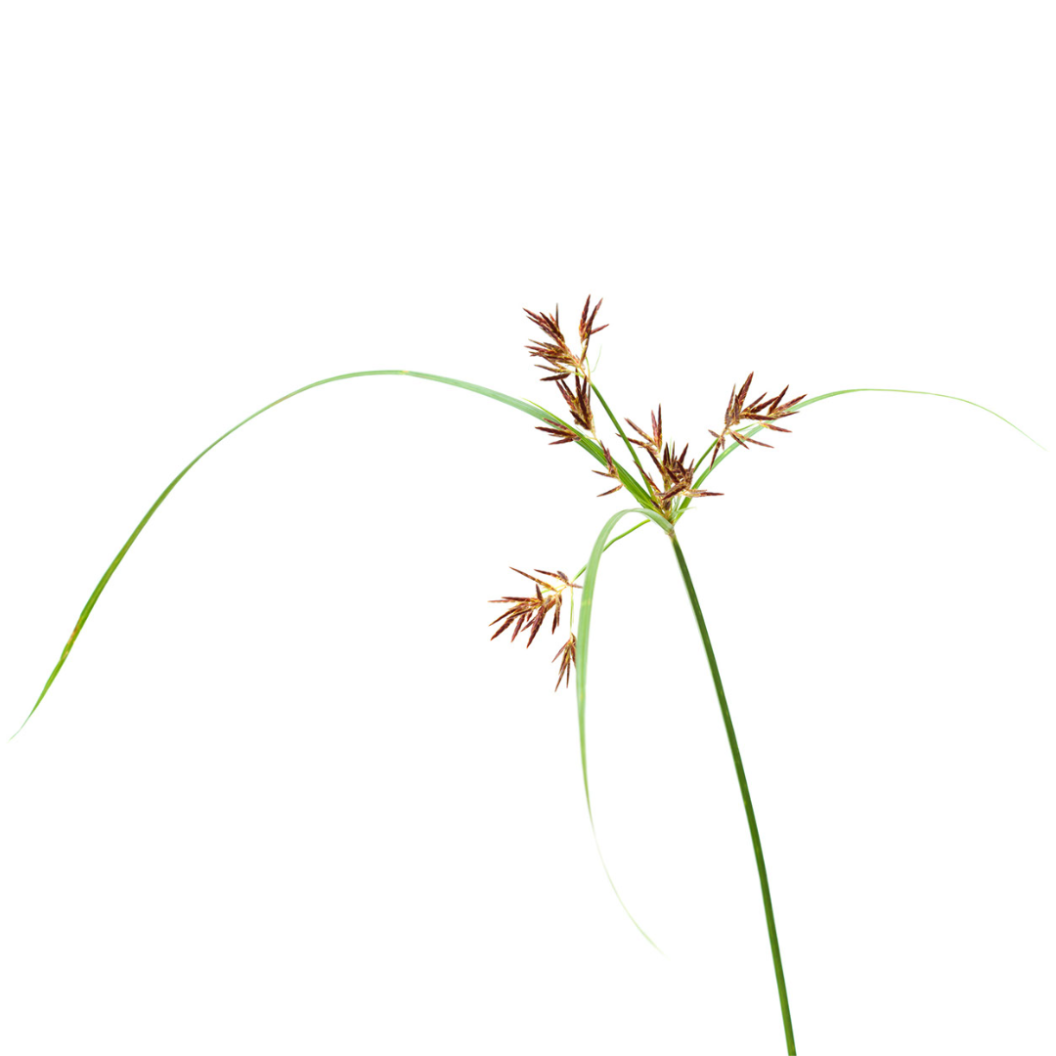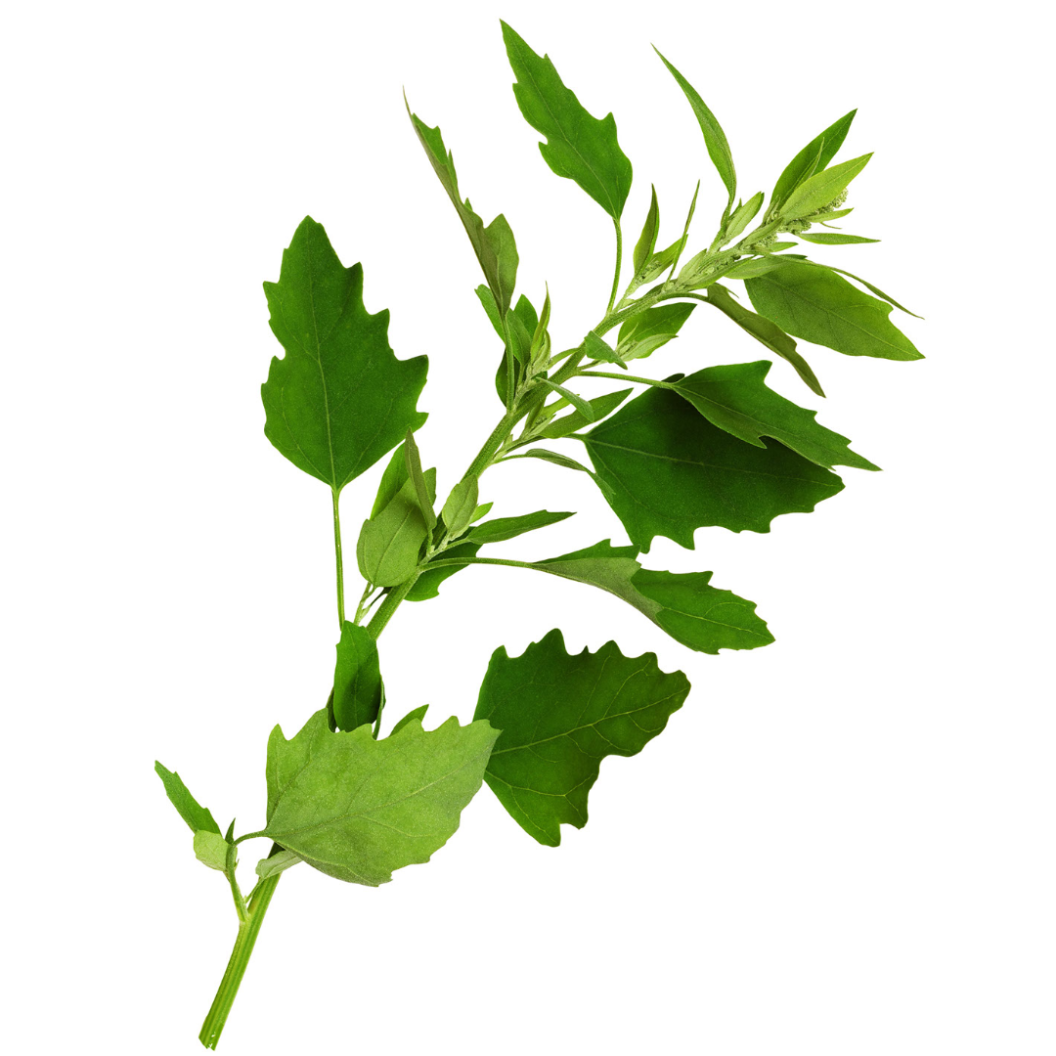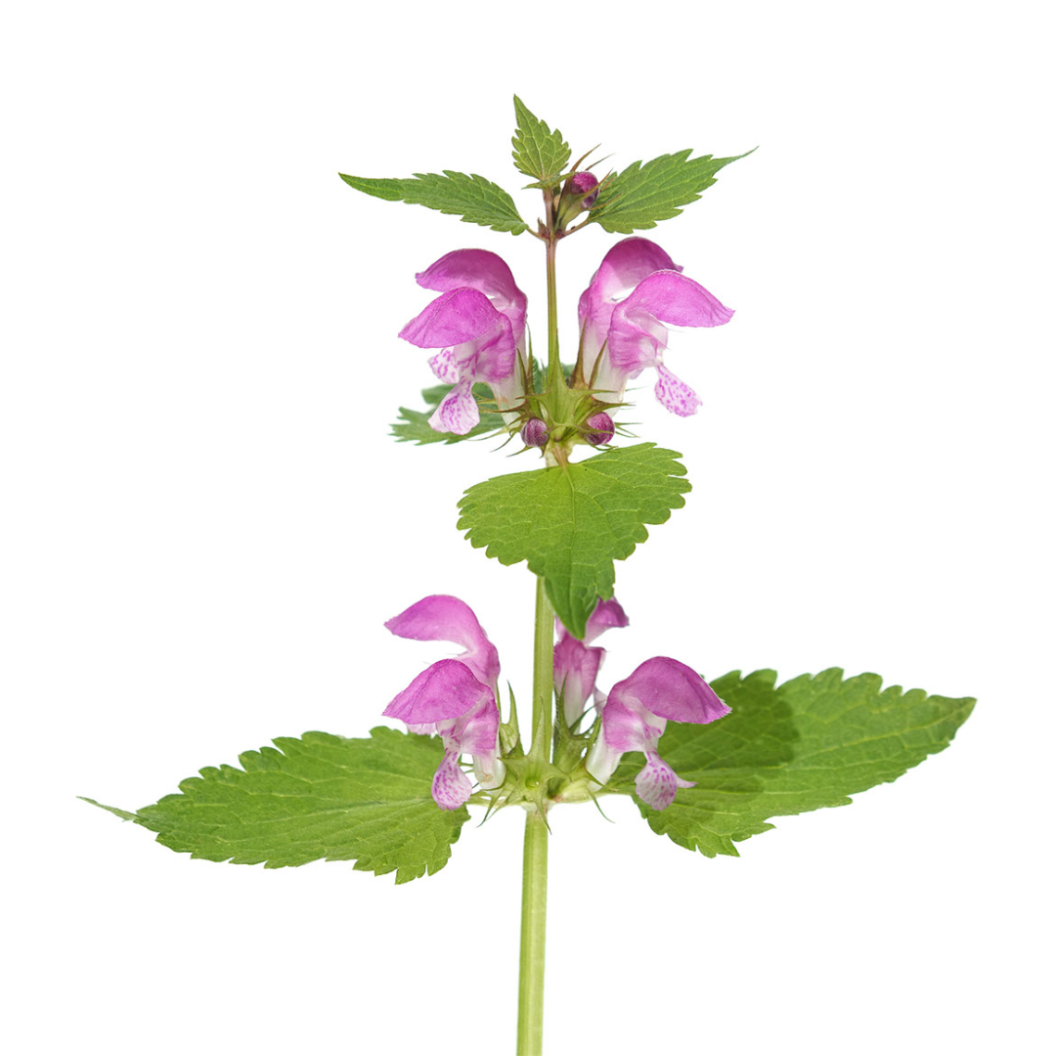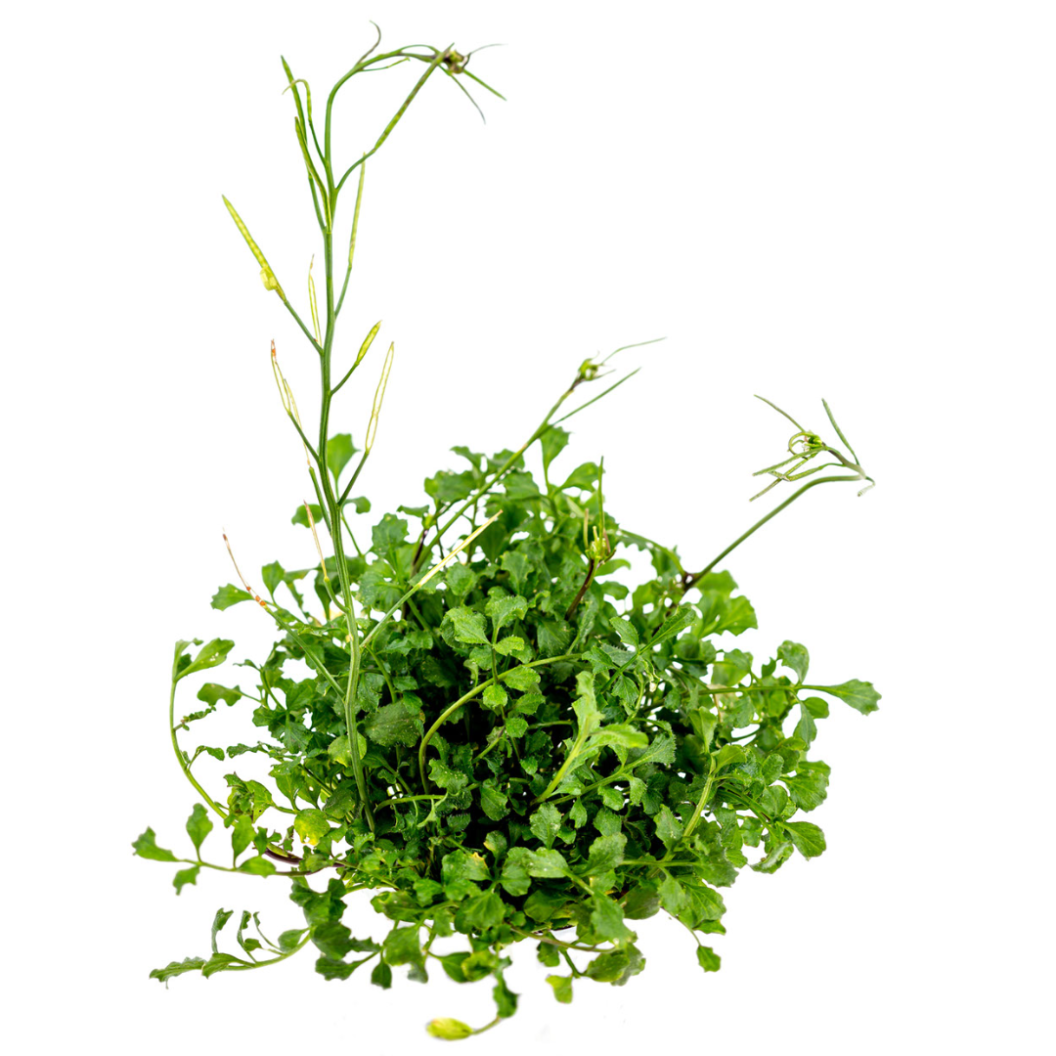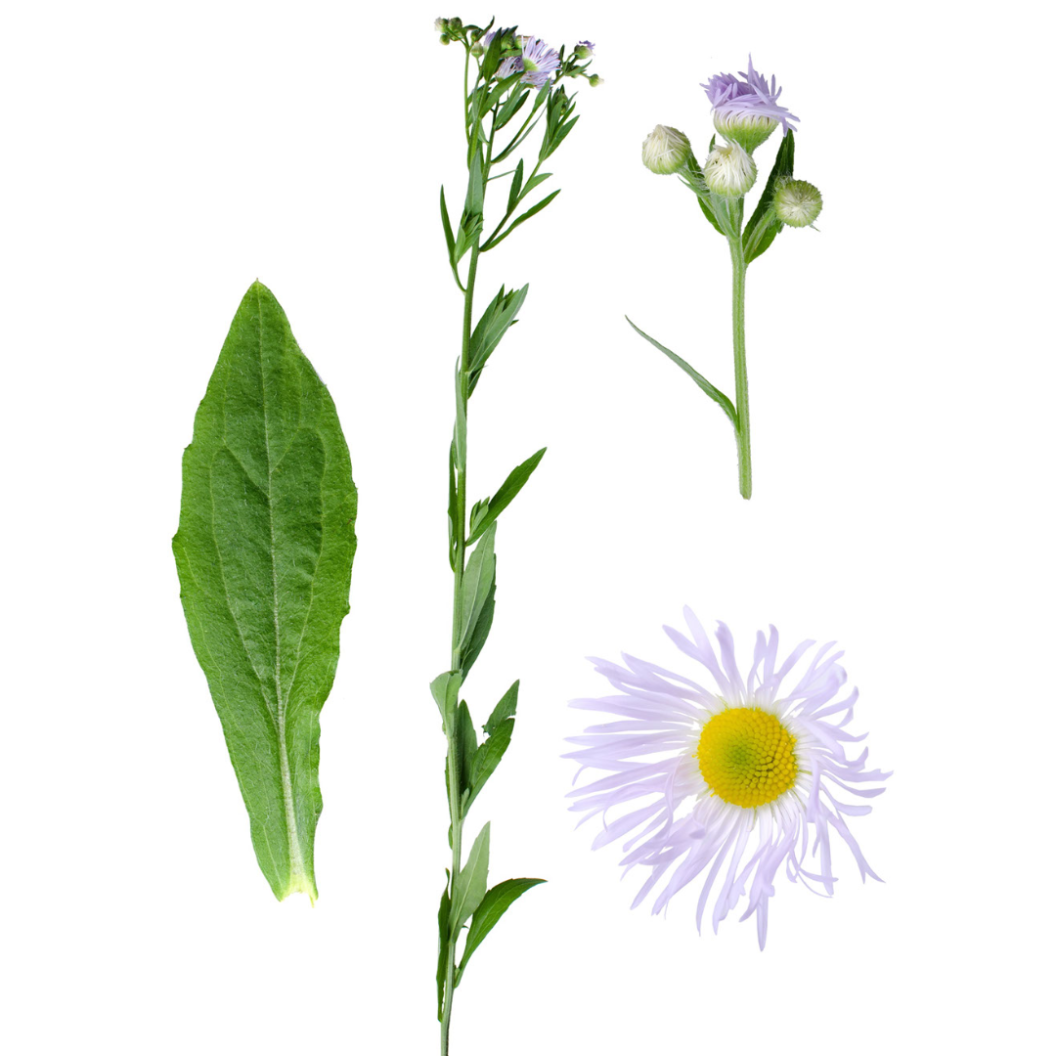What keeps it from happening?What kills it?Return to WeedsGalleryProstrate SpurgeDESCRIPTION: Prostrate spurge is a common weed in North America. The plant can grow up to a foot tall. It spreads quickly and easily, forming a dense mat of foliage that can quickly take over a lawn or garden bed if left unchecked. Prostrate spurge produces small pink or white flowers …
Pokeweed
What keeps it from happening?What kills it?Return to WeedsGalleryPokeweedDESCRIPTION: Pokeweed is a tall plant with big green leaves and pretty purple berries. It grows incredibly easily, hence it being considered a weed, and can get pretty large if not kept in check. Some people like to eat the leaves, but you have to cook them just right or they can …
Poison Sumac
What keeps it from happening?What kills it?Return to WeedsGalleryPoison SumacDESCRIPTION: Poison sumac is one often forgotten member of the Toxicodendron genus of toxic plants found in North America. Like poison ivy and poison oak, poison sumac’s leaves, stems, and berries contain a poisonous oil that can cause a severe allergic reaction. Coming in contact with the plant can cause rash, …
Poison Oak
What keeps it from happening?What kills it?Return to WeedsGalleryPoison OakDESCRIPTION: Like other members of its genus, poison oak is a very recognizable name of a woody vine or shrub that is commonly found in North America. It can grow up to six feet tall and (like poison ivy) has distinctive leaves that are typically arranged in clusters of three. The …
Pigweed
What keeps it from happening?What kills it?Return to WeedsGalleryPigweedDESCRIPTION: Pigweed is a common name for several species of annual plants. The most common species in the United States is Amaranthus palmeri. They are extremely problematic due to their ability to spread rapidly. It is a highly competitive plant, and can grow up to 10 feet tall, producing thousands of small …
Nutsedge
What keeps it from happening?What kills it?Return to WeedsGalleryNutsedgeDESCRIPTION: The plant commonly called nutsedge is actually two different species of weeds in the genus Cyperus. The most commonly encountered species are the yellow nutsedge and the purple nutsedge. Both are considered invasive and difficult to control, as they have a complex system of underground tubers that allow them to survive …
Lambsquarters
What keeps it from happening?What kills it?Return to WeedsGalleryLambsquartersDESCRIPTION: Lambsquarters is a fast-growing annual that can grow up to 6 feet tall, with green leaves that are shaped like a goose’s foot. The leaves are often coated with a powdery substance that easily rubs off, and the stems are slightly fuzzy. It is a very hardy plant that can be …
Henbit
What keeps it from happening?What kills it?Return to WeedsGalleryHenbitDESCRIPTION: Henbit is a weed that is found in almost every part of the world. It has small, purplish-pink flowers that grow in clusters and leaves that are shaped like a heart, with serrated edges. They grow low to the ground and spread out like a mat. It often appears in the …
Hairy Bittercress
What keeps it from happening?What kills it?Return to WeedsGalleryHairy BittercressDESCRIPTION: This plant is a small and delicate herb that one might find growing in damp places like riverbanks or wet grasslands. It has tiny white or pinkish flowers that bloom in early spring and early summer. Its leaves are shaped like tiny arrowheads. It can be quite invasive and can …
Fleabane
What keeps it from happening?What kills it?Return to WeedsGalleryFleabaneDESCRIPTION: Fleabane is an annual wildflower that looks very similar to a daisy. They can grow up to three feet tall and are often found in open fields, meadows, and along roadsides. They are hardy little flowers that can tolerate a range of temperatures and weather conditions. Many people appreciate the beauty …

